Buenos Aires National Wildlife Refuge in southern Arizona is a biking, hiking, birdwatching, wildlife safari must-do RV travel adventure! Drive just over an hour south of Tucson into the high Altar Valley grasslands for a chance bike and hike to see pronghorn, masked bobwhite quail and other endangered species.
Disclosure: This post contains affiliate links. If you buy something from one of our affiliates, we receive a small commission at no extra charge to you. Thanks for helping to keep our blog up and running!
Table of Contents
First Time Visit to Buenos Aires National Wildlife Refuge
Once again, the Arizona atlas was laid out on the trailer table. I jabbed a finger at the southern border country between Organ Pipe National Monument and Patagonia Lake State Park.
“Here, it is, Buenos Aires. We’ve never been. We should go.”
And just like Gila Box Riparian National Conservation Area, we were on our way. Okay, maybe not right away, but we worked it into our plans and were now heading off towards the tiny mining community of Arivaca on yet another backroad.
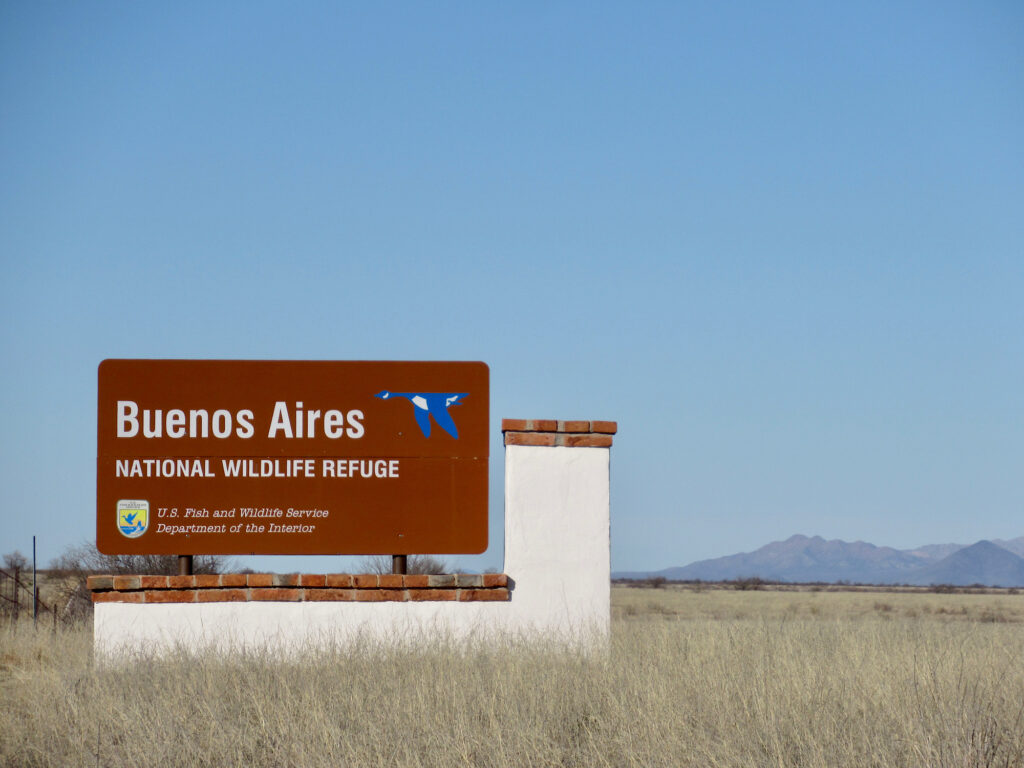
Buenos Aires is a 117,464-acre (47,536 ha) national wildlife refuge. The refuge was established in 1985, created under the authority of the Endangered Species Act. It is set on the U.S/Mexico border in the Altar Valley, stretching from the Baboquivari Mountains in the west and across the semi-desert of the Altar Valley to the Sierrita Mountains to the east.
We drove into the refuge from Arivaca, stopping at the info kiosk to pick up some information and orient ourselves. First step, find a campsite.
Camping within the Refuge
Buenos Aires National Wildlife Refuge offers primitive camping. There are 83 sites – each marked with a campsite symbol and number along several numbered dirt roads within the refuge. Camping is only allowed in designated sites.
If you love off-the-beaten path destinations,
check out our RV Travel in Southern Arizona and New Water Mountains Wilderness posts!
We checked out a few campsites on a couple different roads before settling in on Road 227, Site 41 – loving the view of Baboquivari Peak. At 7,730 feet (2,356 m) Baboquivari Peak is a distinct peak in the Sonoran Desert. You can clearly see it from the other peaks around Tucson, Arizona– about 50 miles (80 km) to the north.
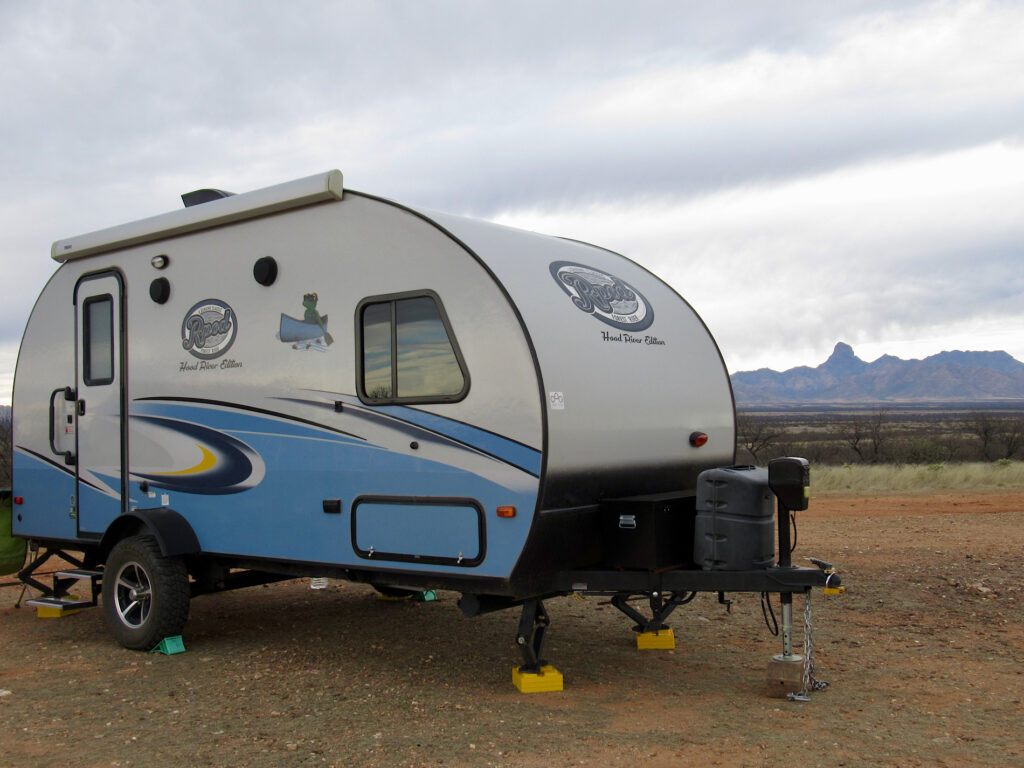
There are no fees for camping, no reservations – and no guarantees that your neighbours are going to be generator-free. We chose well – no neighbours within eyesight – or ear sound.
Want to explore more, slightly off the beaten track RV adventures?
Check out these 25 Arizona bucket list adventures!
Checking out the Visitor Centre
Heading out from camp, we drove to the junction on Hwy 286 and headed south towards the refuge headquarters and Visitor Centre.
“Home, home in the range
Where the deer and the antelope play
Where seldom is heard
A discouraging word
And the skies are not cloudy and grey”
I think writer might have been penning these lyrics about Buenos Aires – wide open grasslands, glimpse of pronghorn, herds of mule deer, vast blue skies and not a care in the world. We pulled off at the signed entrance.
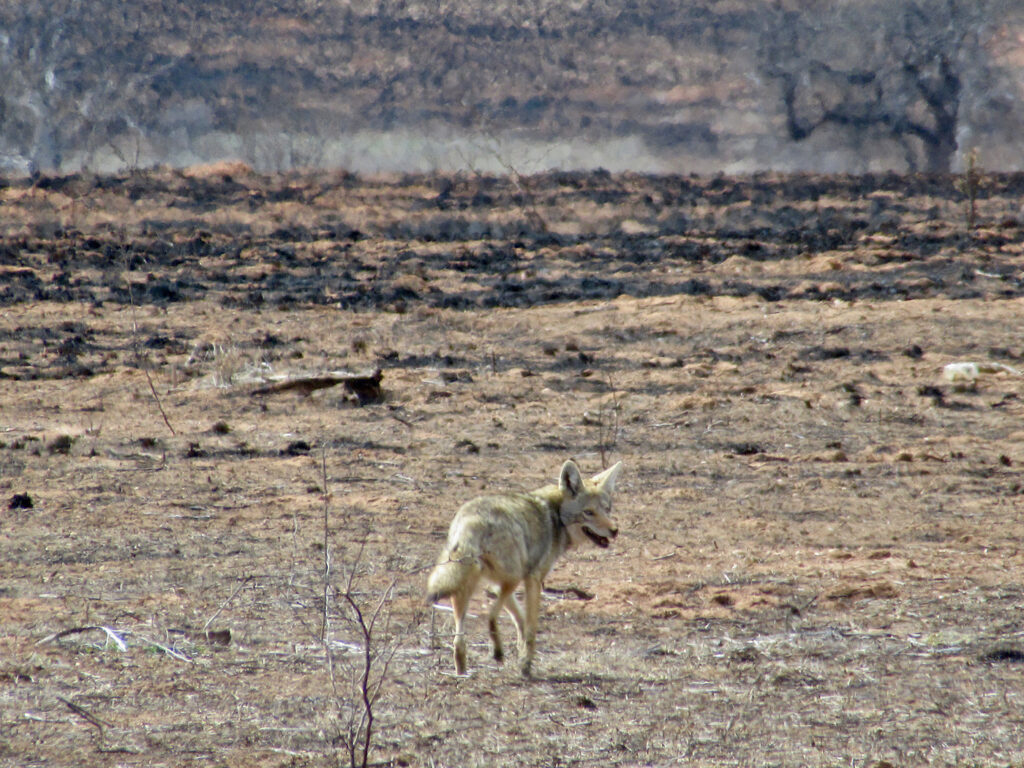
There was dried grass leftover from last season’s growth to our left – and scorched vistas to the right. As we would quickly learn from our chat with volunteer Joanne at the Visitor Centre – and from the 20-minute introductory video – range management and improvement are critical parts of the refuge’s mission.
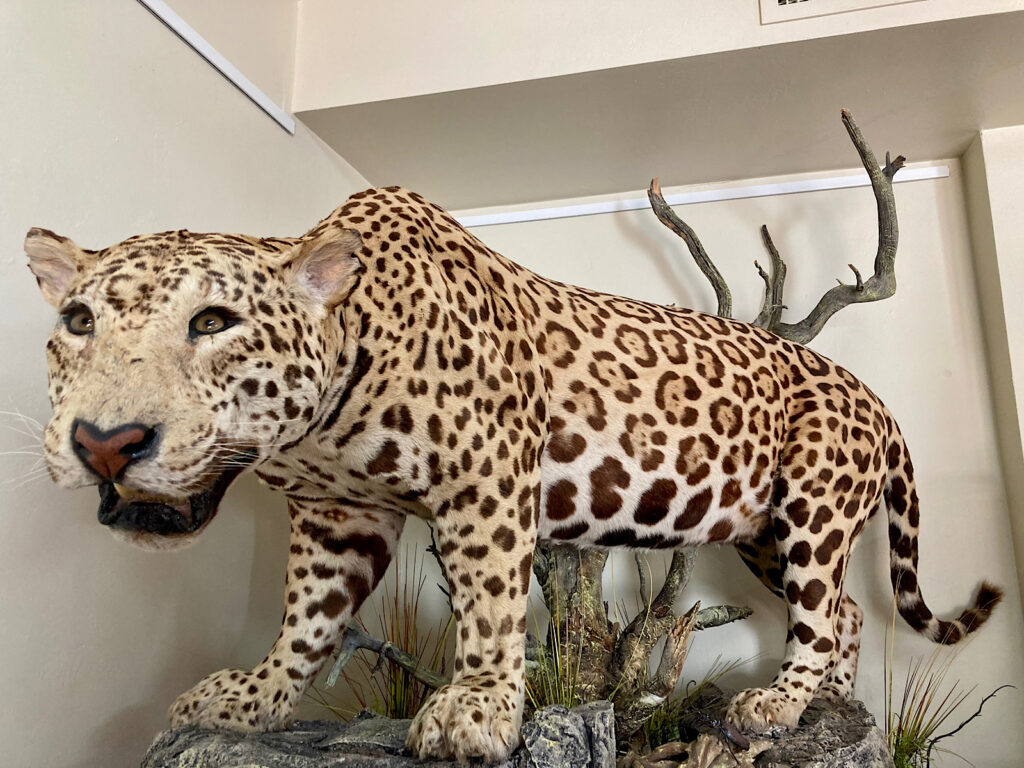
Ranch History
Wandering through the displays, we read about Pedro Aguirre. He came to this area in the 1850s. and started a stagecoach and freight line to connect Tucson and Arivaca, Arizona, to the town of Altar in Sonora, Mexico.
Don Pedro – as he would become known – built a homestead here in 1864. He called it Buenos Ayres, or “good air” and built a reservoir providing a sustained water source. The cattle industry took off.
After marrying Anna Maria Redondo, the couple built a home at Buenos Aires Ranch and lived there until she passed in 1886. It was the year after a severe drought started. The drought continued for another six years. Over half of the cattle herds were lost. The remaining cattle cleared the land of any vegetation. When the rains returned, it eroded the de-vegetated landscape creating gullies and washes where none existed before. Mesquite and thick brush began taking over the natural grasslands.
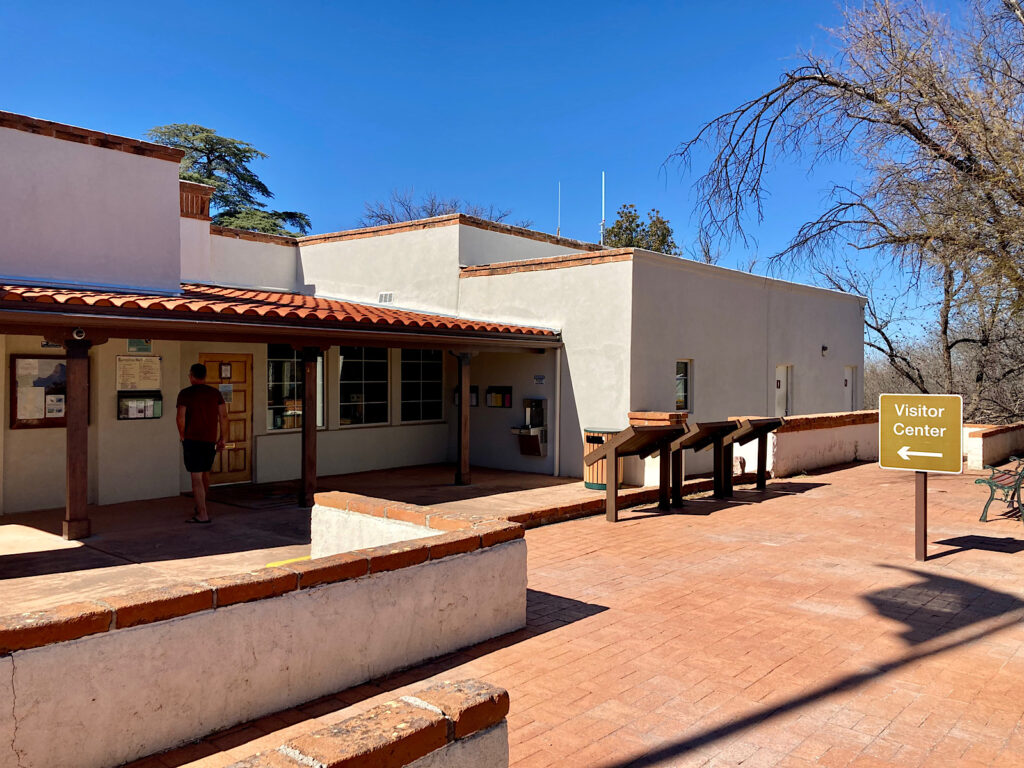
When the drought was finally over, the 66-year-old Don Pedro remarried. Sixteen-year-old Magdalena Ortiz gave birth to their daughter Elena less than a year later. In 1907, Pedro Aguirre passed. Two years later the ranch was sold.
Becoming a Wildlife Refuge
The ranch changed hands several more times over the next few decades. On February 20, 1985, it was announced that the U.S. Fish and Wildlife Service would purchase the Buenos Aires Ranch as a national wildlife refuge for the endangered masked bobwhite. Since that time, refuge staff, wildlife biologists, volunteers and many partners have worked together to restore the original landscape of open, semidesert grasslands and bring back the native wildlife that once called these lush prairies home.
Buenos Aires Ranch Walk
We spent time reading the history and checking out the wildlife displays. Heading outside, we set off on a short stroll on the ¾-mile Ranch Loop Interpretive Trail. The masked bobwhite quail viewing pen offered us a chance to see them up close. A path meandered through the grasslands. We saw old fence posts with barbed wire removed to allow free travel for wildlife. The path continued down to the old corrals and barns.
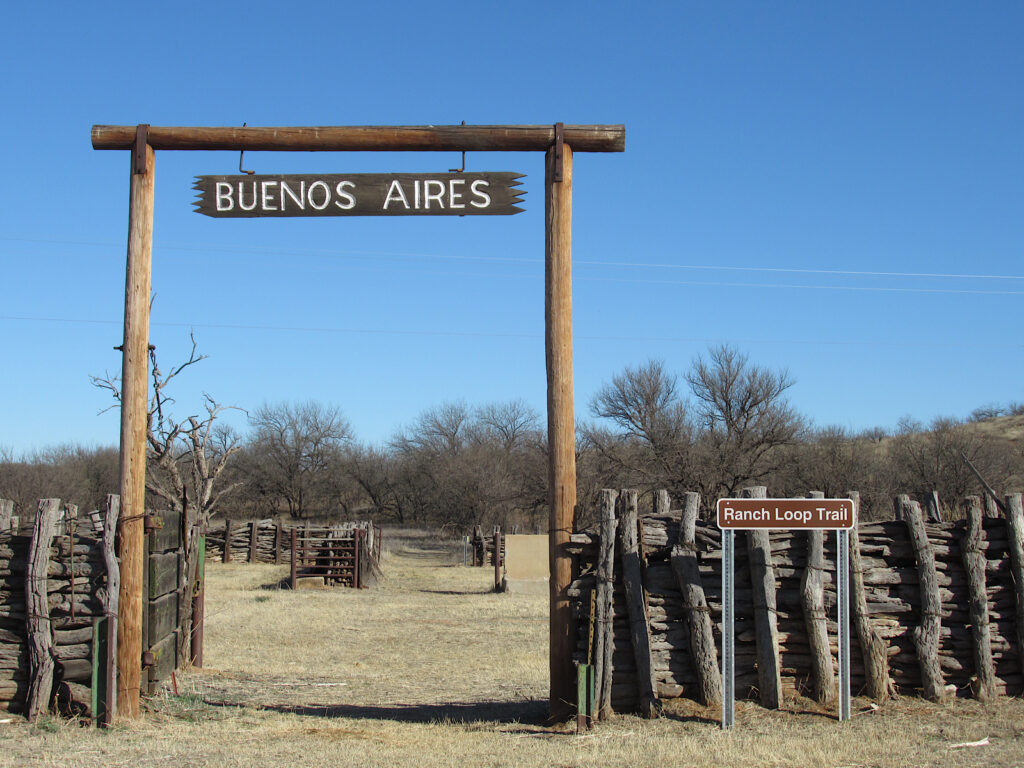
Heavy thick metal chains lined the path up to the VC. Gear guru thinks it was dragged behind tractors to help scarify the land after the removal of invasive vegetation. Much of the original grasslands ecosytems was destroyed by overgrazing. We stopped in at the pond in front of the Visitor Centre. Unfortunately, the Chiricahua Leopard frogs weren’t ready to come out and play.
Watchable Wildlife in Buenos Aires National Wildlife Refuge
Wildlife refuges are – by their very nature – all about wildlife. Kofa National Wildlife Refuge to the west was established for the protection of bighorn sheep. Bill Williams National Wildlife Refuge protects refuge one of the last stands of naturally regenerated cottonwood-willow forest along the Lower Colorado River. Buenos Aires National Wildlife Refuge is all about the re-introduction of several endangered and threatened species of Arizona birds and wildlife – namely the masked bobwhite quail and the pronghorn.
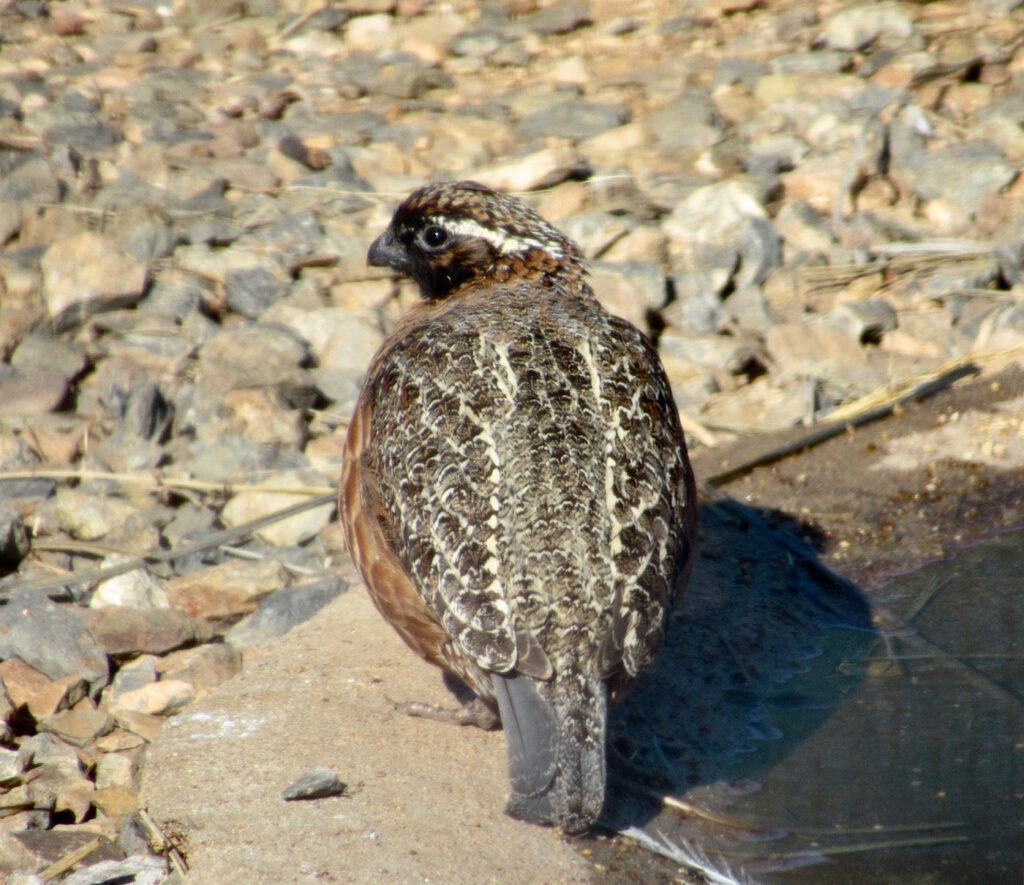
Did You Know?
The U.S. National Wildlife Refuge System was established in 1903. There are over 550 national wildlife refuges across America. They protect more 150 million acres of wildlife habitat. The NWR system is run by the U.S. Fish & Wildlife Service.
Over a hundred years ago, this was a native grassland. Overgrazing disrupted this system. Although work to control invasive species such as mesquite trees and reintroduce grasses did help for cattle, it was suitable food and shelter for the masked bobwhite.
Today, the focus is on restoring native grasses. Periodic burning controls unwanted brush. Cane beardgrass and vine mesquite are two native grasses making a comeback. It’s hoped that the recovery for the masked bobwhite will take a similar trajectory.
Once large herds of pronghorn roamed this area, but most disappeared by the early 1900s due to unregulated hunting and – here we go again – loss of native grassland. The last pronghorns were seen in the 1930s. A relocation program hopes to reintroduce the animals back to the Altar Valley.
We saw the masked bobwhite in the viewing pen by the Visitor Centre and now it’s time to hop on the bikes and ride Pronghorn Drive for a – fingers crossed – sighting of the elusive namesake. Of course, you can drive the 10-mile (16 km) gravel loop, but we were itching to take the e-bikes for a good spin!
Buenos Aires NWR Wildlife Viewing Tips
- Early morning and late afternoon to dusk are the best times to see wildlife
- Cars make good viewing blinds (but bikes are quiet!)
- Drive (or bike) slowly, stopping regularly to scan with binoculars
- Walk quietly on trails, and use benches to wait for the sights and sounds to come to you
- Pronghorn Drive is the best route for sightings of deer, pronghorn, or grassland birds
- Arivaca Cienega Trail is the best option for birding
Love birding – or want to start? Check out our Simple Snowbird Guide to Birding | Arizona post!
Biking the Backroads
We set out on the loop road from the VC – and then naturally find a side road to investigate. And another and… well, it turned into a 16.5-mile (26.5 km) bike ride. That’s the cool thing about Buenos Aires, you can choose your own adventure and go as far as you want.
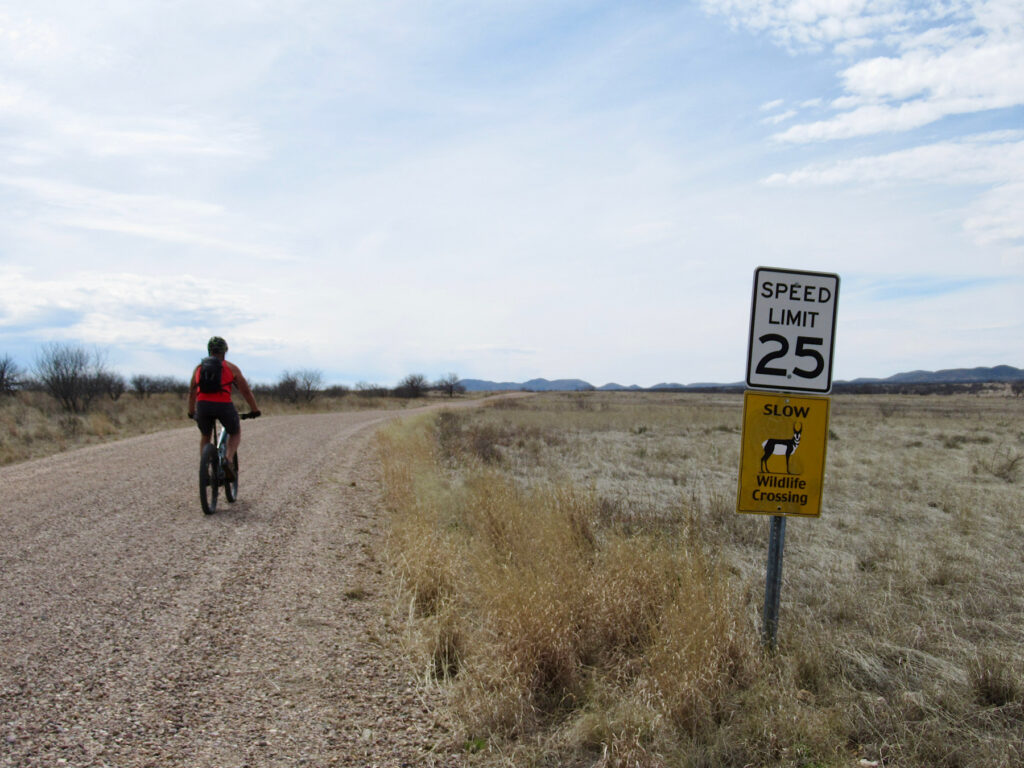
We saw coyote tracks and scat, ravens, a herd of mule deer – and then, there they were, four pronghorns walking towards the newly burnt grassland. Binos out, we kept hoping for a javelina sighting, but seems they are even more secretive.
The grasslands are the perfect habitat for birdwatching, too. Loggerhead shrikes, meadowlarks and Swainson’s hawks are common sightings.
Pedalling on we meandered pass several more dispersed campsites, saw the first flowers of the season starting to bloom and climbed hills and dipped into valleys as the grasslands gave way to foothills. My phone dinged with a text message. It read: Welcome to Mexico.
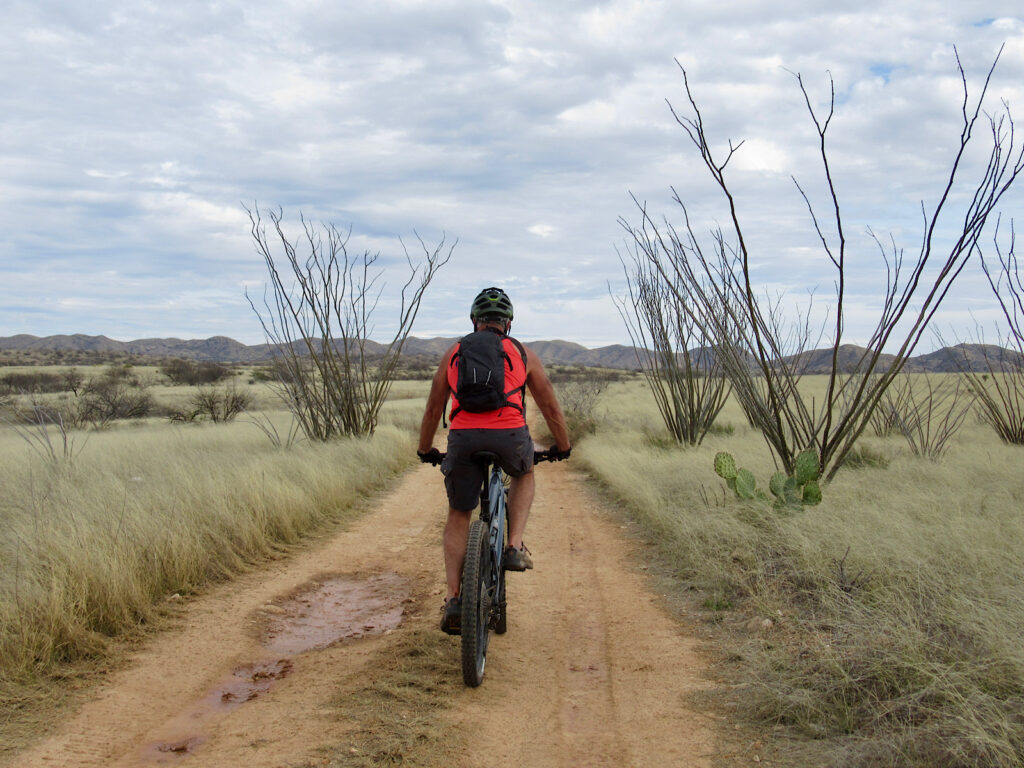
Close, but not quite!
We biked past remains of old reservoirs and water troughs leftover from the ranching era. Including a leisurely lunch stop, multiple photo stops, and route planning stops (using AllTrails) we spent four hours out on the bikes in the back country of Buenos Aires and barely scratched the surface. So much to see, so little time.
Three Ways to Explore the Grasslands
- Easy – drive 10-mile Pronghorn Loop
- Moderate adventure – bike the Loop (it’s a good enough for a gravel bike, so you don’t necessarily need a mountain bike)
- More adventurous – Throw in a few extra side roads for a half or full-day mountain e-bike adventure
Hiking the Refuge
There’s more to the refuge than just grasslands. It was time for us to lace up the boots and check out a peak and a creek!
First up – Mustang Peak. It’s a 4.4-mile (7.1 km) out and back moderately difficult (near the summit) hike with 968 feet (295 m) of elevation gain. We pulled into the parking area for Arivaca Creek (2 miles/3.2 km west of the town of Arivaca) and followed the signed trail heading out past a once prosperous but now abandoned farmstead. The signed trail heading up out the dry creek bottom and up along a well-defined trail to an overlook.
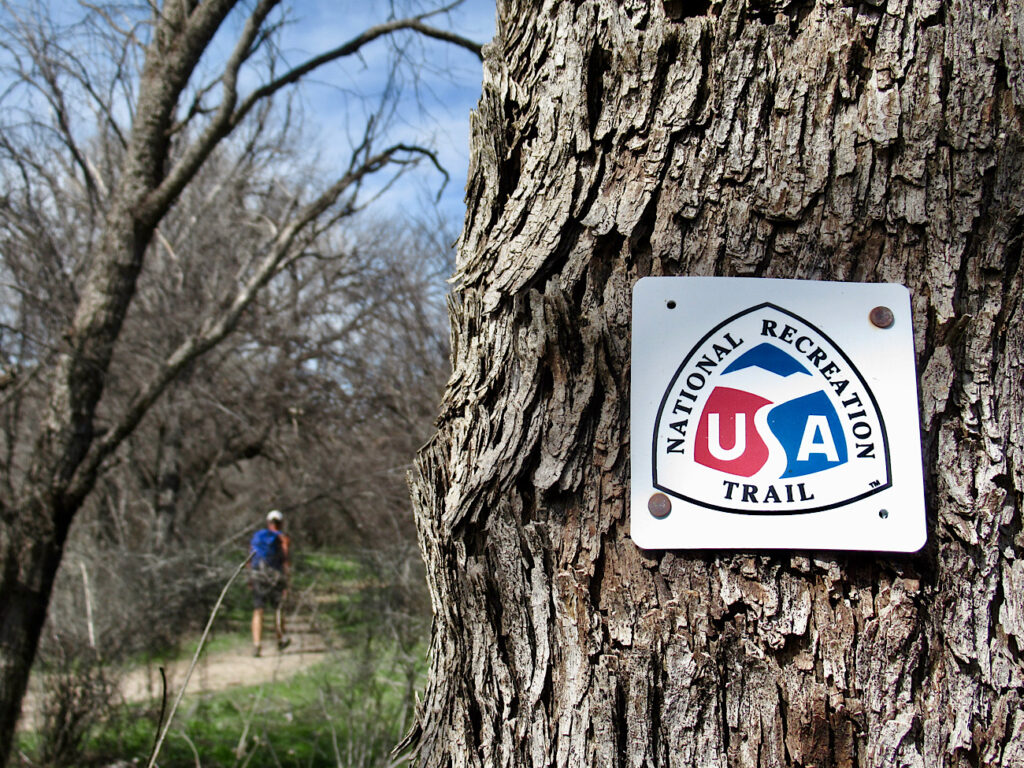
From here the trail circled behind our summit, through a thicker stand ocotillo – reminding us we were still in the Sonoran Desert. A short, steep, and rocky climb – white spray-painted dots on rocks marked the route – and we were at the summit cairn.
The views west to Baboquivari and Mount Kitt were spectacular. We really wanted to explore Browns Canyon at the base of Baboquivari, but the guided walks to this unique corner of the refuge stopped during the pandemic and have yet to resume. From today’s summit we could see Mount Wrightson to the east and Rincon, Tanque Verde and a snowy Mount Lemmon to the north.
A red-tailed hawk soared close overhead, our only companion on this quiet hike.
Arivaca Cienega
In the afternoon we traded out hiking boots for shoes and wandered the paths through Arivaca Cienega (0.25-mile/0.4 km east of the town of Arivaca). Wetlands and marshes in the southwest are called “cienegas.” It’s a Spanish word meaning 100 waters. Water in a high desert environment near the U.S./Mexico border means neotropical birds, plenty of waterfowl and amphibians.
The Cienega trail is a 1.5-mile (2.4 km) loop with boardwalks and viewing area. Water levels were quite low during our visit and the birds were mostly absent – but red-winged blackbirds called from the cattails and a brilliant Vermillion flycatcher posed sweetly for a pic! Mallards paddled in the small ribbon of water that remained.
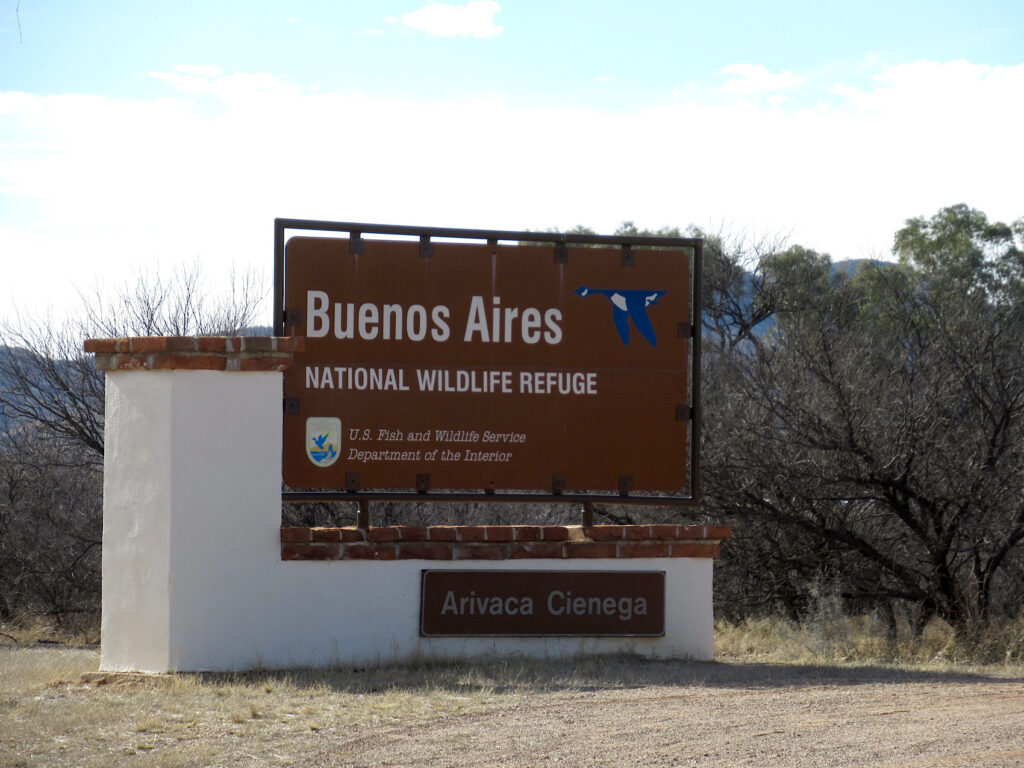
We sat on the bench overlooking the wetlands and imagined early hunter-gatherers such as the Hohokam people gathering the bounty of the Cienega beneath the ancient Fremont cottonwood, Arizona black willows, velvet mesquite and hackberry trees.
Did You Know?
Southeastern Arizona is a prime destination for bird observation. More than 450 species of birds can be found in the region (a result of the range of elevations, diverse habitat types and influence from nearby deserts and mountains). At Buenos Aires National Wildlife Refuge, you can find migrants, subtropical birds, and a wide variety of resident species.
When You Go to Buenos Aires National Wildlife Refuge
To access Buenos Aire NWR headquarter from Tucson go west on Ajo Way (Highway 86) to Three Points. Travel 38 miles (61 km) south of Three Points on Highway 286 to milepost 7.5.
If coming in from Interstate 19, take the Amado/Arivaca exit west, turn right at the T, and then left at the Cow Palace onto Arivaca Road. Drive 35 miles (56 km) west on the Arivaca Road to Highway 286 and turn left at milepost 7.5.
There is no charge to visit the refuge (but special fees may apply for Brown Canyon guided walks when they are running).
Except for Brown Canyon, refuge trails are open to the public 24 hours a day, seven days a week.
The Visitor Centre is open daily from November to April, 8 a.m. to 4 p.m. Schedules vary from May to October (please contact for current schedule).
Plan your trip to this – or any of Arizona’s National Wildlife Refuges – with our RV trip planner!

Plan your adventures with our 2026 RV Trip Planner available in our Etsy Printables Shop!
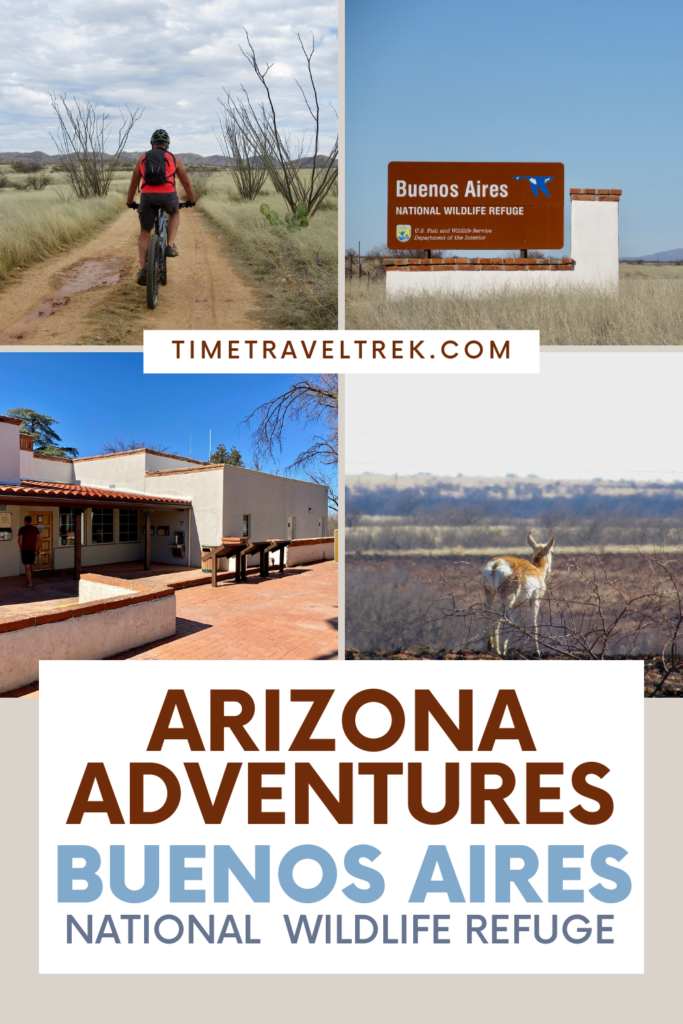

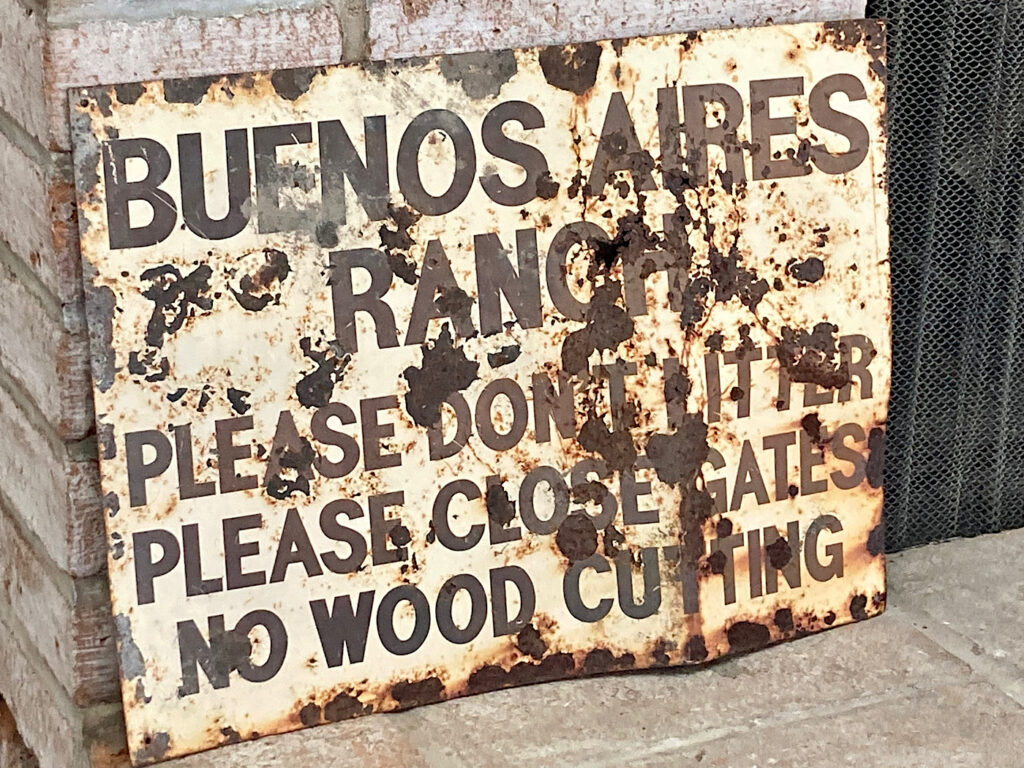


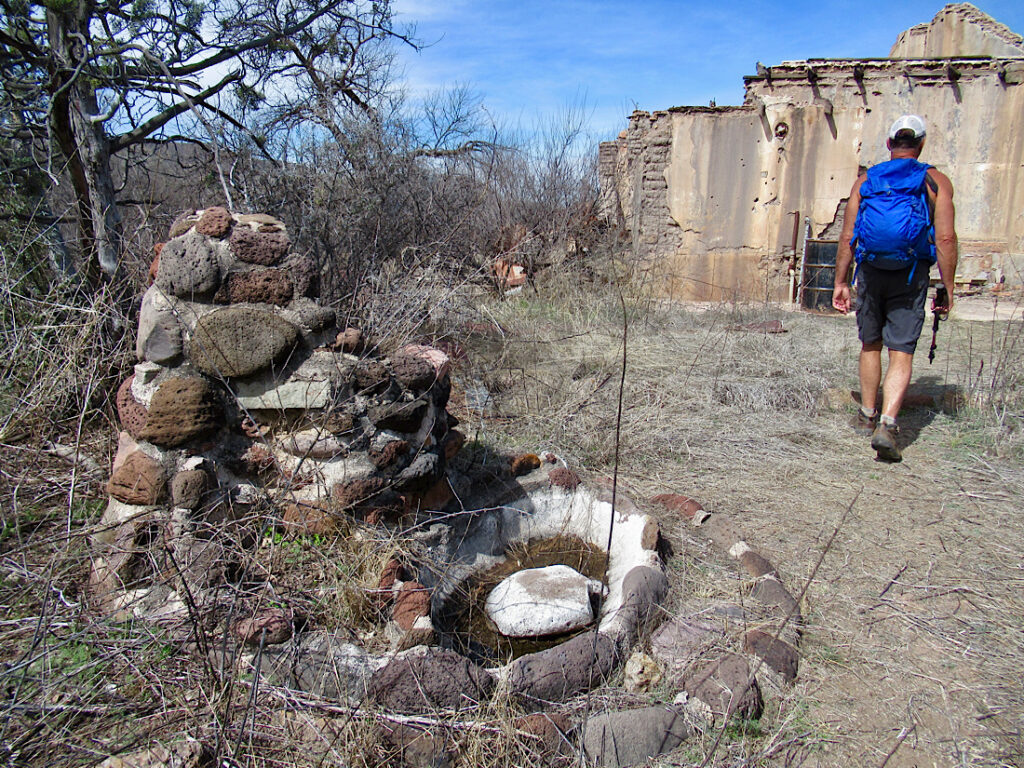

Leave a Reply